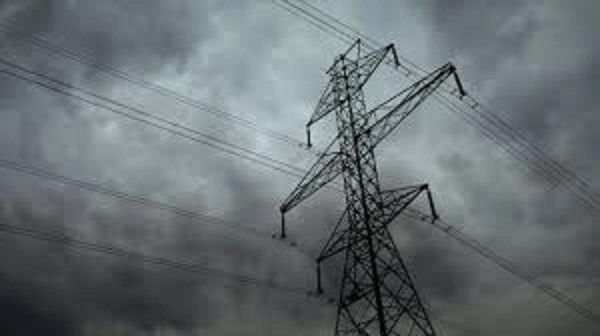
2.17.21 – FOX 4 – by: Kera Mashek – KANSAS CITY, Mo.
If more people regularly take steps to lower electricity use, and even create their own power with things like solar panels, it can help limit the risk of future widespread outages. And the work doesn’t stop there.
As we slowly start to warm back up, the threat of more rolling power outages is much lower. But many are asking if it’s possible to prevent something like the outages we’ve had this week.
Like thousands around the metro, Diane Charity was frustrated by rolling power outages.
“Not fair, not right,” Charity said.
She spent time in the dark this week with her home dropping into the 50s.
“In my neighborhood, we went out and bought hand warmers and foot warmers,” Charity said.
Rolling blackouts: What they are and why they happen
Utility providers shared Wednesday the emergency shut offs should be over. But the conversation about stopping something like it again are just beginning.
“I think it’s becoming increasingly evident we’re going to need more localized power generation—stuff like solar panels, micro grids which are smaller portions of the electric grid and it’s getting harder to rely on this aging infrastructure that’s starting to be increasingly strained,” said Kyri Baker, an assistant professor at the University of Colorado-Boulder.
Some customers frustrated by lack of notice about rolling blackouts across Kansas City metro
One example of weathering this storm on the electric grid is Platte-Clay Electric Cooperative. This week, the utility, which serves 25,000 never resorted to rolling outages.
The reason is that it operates independently and is not part of the Southwest Power Pool.
“We are able to use our power generation assets across Missouri in order to continue to supply the grid with the energy we needed,” said Garrett Poorman, Platte-Clay Electric Cooperative communications director.
Evergy rep addresses questions, frustrations after KC’s second day of rolling outages
Systems were strained but helped by customers conserving as much energy as possible. But all the extreme weather is exposing the country’s patchwork of connectivity as vulnerable.
If more people regularly take steps to lower electricity use, and even create their own power with things like solar panels, it can help limit the risk of future widespread outages. And the work doesn’t stop there.
“I think we really need to a good job of not only upgrading the power plants and winterizing those plants, but also the transmission lines and having increased connection in some areas that could help out during a disaster,” Baker said.
In the near term, power companies are still asking customers to cut back on power use as much as possible.
And the Federal Energy Regulatory Commission’s announced it will be investigating this week’s outages to better understand how it happened and look for areas of improvement.
